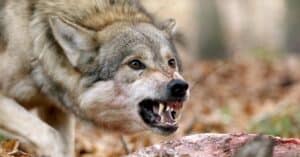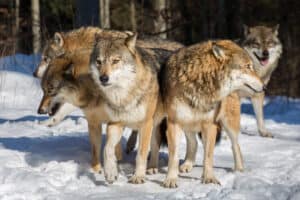Ohio is home to different animals and ecosystems all throughout the state. Unfortunately, one animal you won’t find in the state is the wolf. Wolves are typically seen in many different climates, including the mountains, forests, and grasslands. Given where Ohio is located, all three of these environments can be seen in Ohio, or at least very close. The Allegheny Mountain Range is in West Virginia, which boarders Ohio. There are countless forests and open spaces all throughout Ohio as well. The climate, especially in the south eastern part of the state is what wolves like to be in. So, when was the last wolf seen in Ohio and what impact has it had on the ecosystem?
When Was the Las Wolf Seen In Ohio?
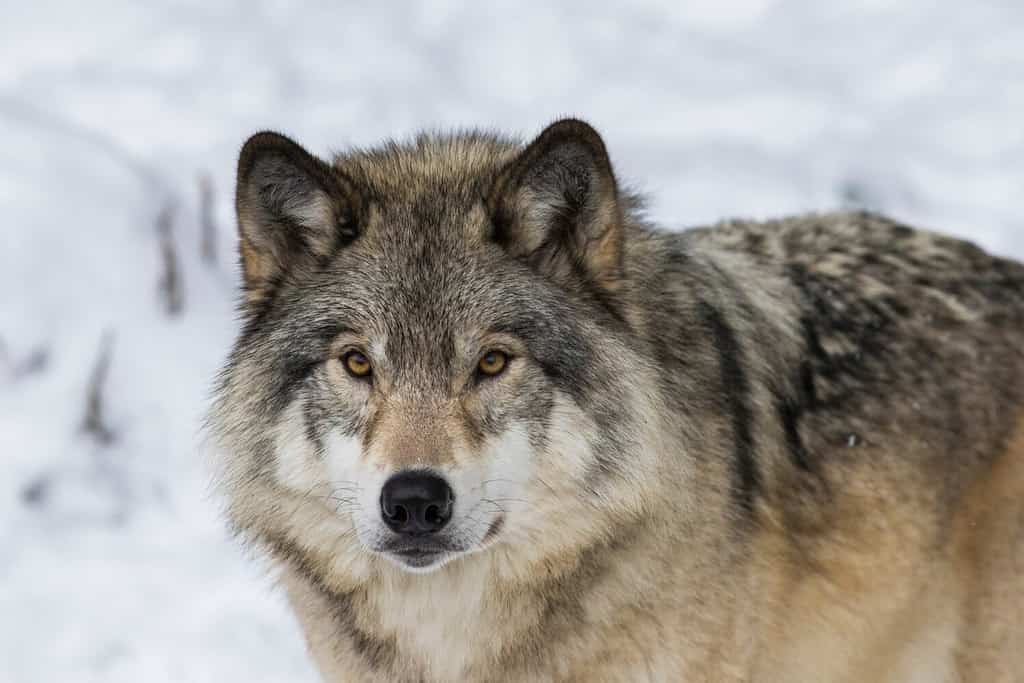
The last wolf killed in Ohio was in 1842.
©Mircea Costina/Shutterstock.com
It’s been more than 180 years since a confirmed sighting of a wolf in Ohio. That’s right. The last wolf killed in Ohio was in 1842. Ever since then, coyotes have taken over in Ohio. In places where there are both wolves and coyotes, wolves are able to keep the coyote population in check by feeding on them. Has the fact that there haven’t been any wolves in Ohio in 180 years had an effect on the ecosystem?
What Has the Effect On the Ecosystem Been?
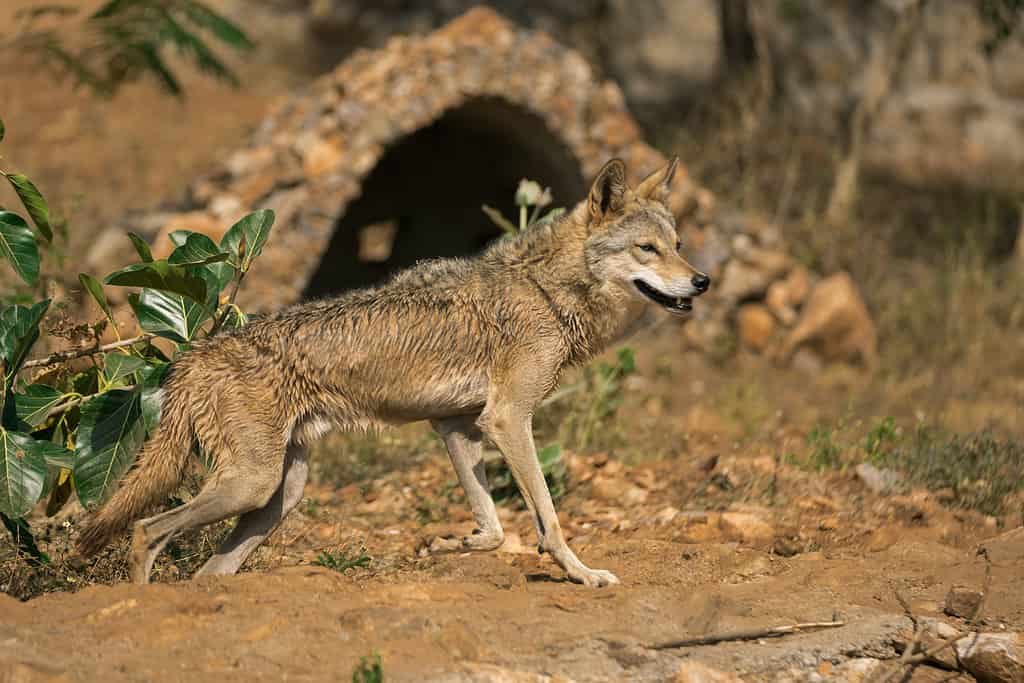
The lack of wolves in the forests and grasslands means there are plenty more animals roaming around.
©creator88/Shutterstock.com
The lack of wolves in the forests and grasslands means there are plenty more animals roaming around. Deer and even black bears are able to live freely and near the top of the food-chain in Ohio. As previously mentioned, coyotes are also a huge player in the animal kingdom. Birds are also able to fly in the skies and not fear being attacked quickly by a wolf. The northern cardinal is the state bird and the main bird you’ll see in the conservation areas.
You might also come across snakes while hiking around. Having a diverse ecosystem of animals is important to a state and makes it fun to explore. This ecosystem has been able to adapt to not having wolves around.
Why Were Wolves Extinct by 1842 in Ohio?
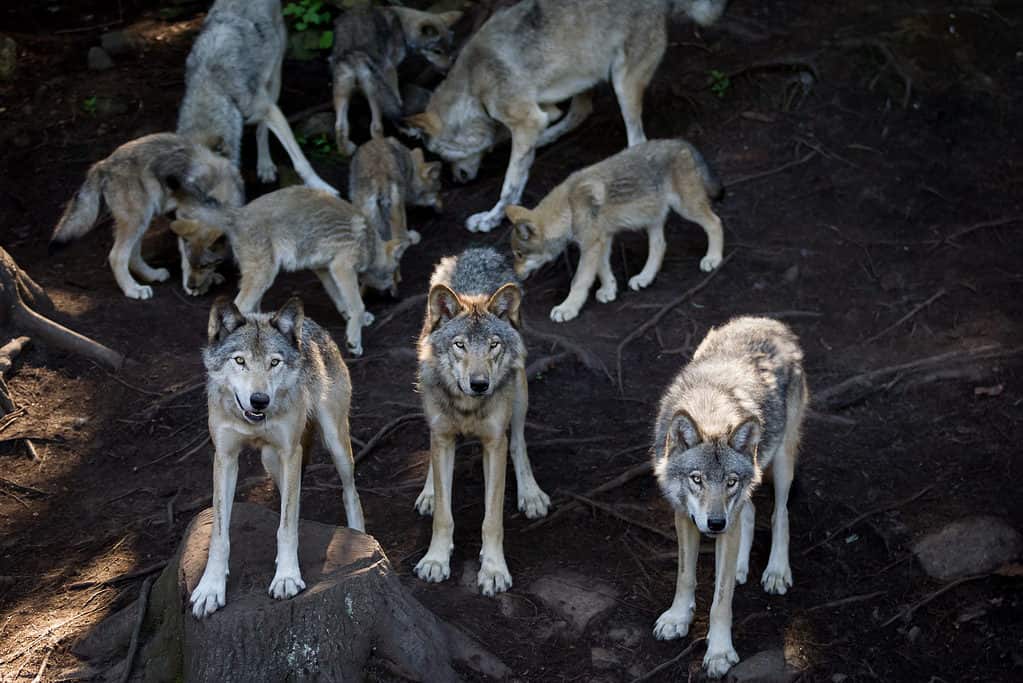
Wolf skin is also incredibly warm, something important when living in winters like Ohio.
©PatrickLauzon photographe/Shutterstock.com
Having wolf skin was deemed one of the best ways to show off wealth back in the day. The skin of wolves is also incredibly warm, something important when living in winters like Ohio. Wolf pelts would sell for what would equate to $300 in todays money during the 1800s. Wolves had a high bounty placed on their head, and there wasn’t a way to easily keep track of the amount of wolves back then. By 1842, they were all gone. Odds are, nobody knew or realized this until it was too late. Wolves also aren’t easily transportable even today. Back in the 1800s or early 1900s, it would have been almost impossible to reincorporate them.
Were There Any Other Animals That Called Ohio Home?
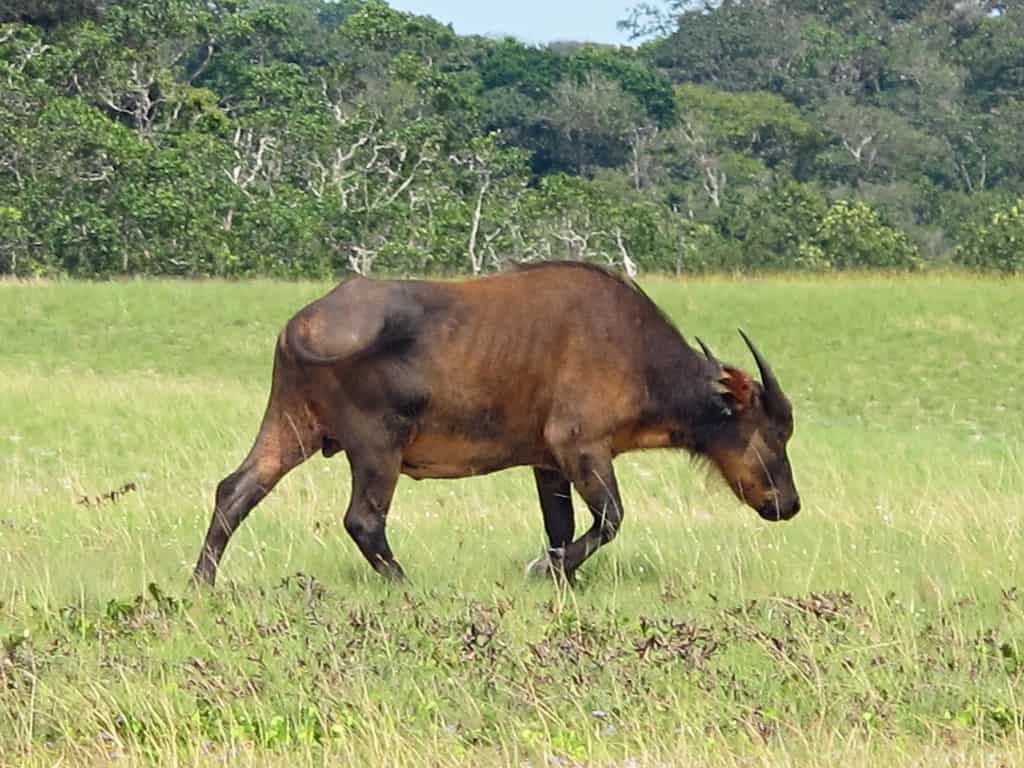
In fact, at one point, there were buffalo on the open prairies.
©Kurt Dundy at English Wikipedia, CC BY 3.0 – License
Ohio used to have one of the most amazing wildlife ecosystems in the world. In fact, at one point, there were buffalo on the open prairies. That’s right, up until in 1803, there were some herds. Along with the buffalo were elk. There were tons of examples of elk antlers in the ground of Ohio. Panthers and cougars also called Ohio home for some part of time. These animals would fest on wild turkeys as their main food. There still are turkeys all throughout Ohio, but they used to be a lot more aggressive than they are today.
Is There A Hybrid Wolf in Ohio?
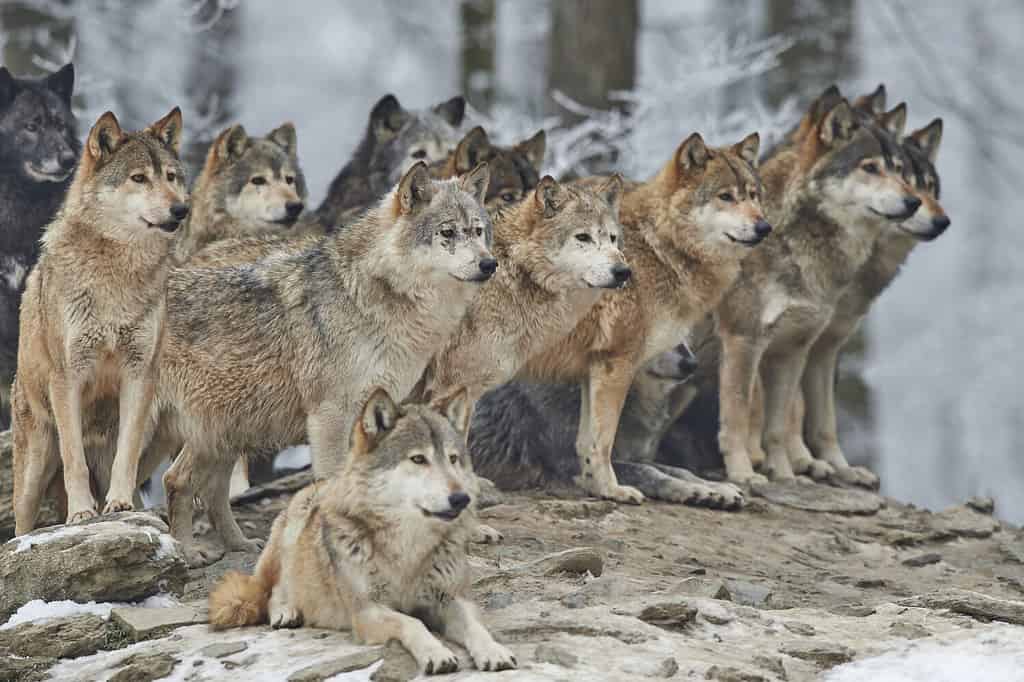
Wolves travel in packs that include up to eight.
©Michael Roeder/Shutterstock.com
While there aren’t any wild wolves in Ohio anymore, there’s a new mix that might be popping up. In an ironic twist of events, there’s evidence of a coyote-wolf hybrid that’s starting to roam the midwest, including Ohio. It’ll be interesting to see which characteristics they take from their bloodline. For example, wolves travel in packs that include up to eight. Coyotes, on the other hand, usually travel in groups of two, one male and one female. Even if there aren’t any of these hybrids, coyotes were able to replace wolves on the food-chain in Ohio.
Ohio is one of the most beautiful places in the United States. There’s a vast forest area and amazing wildlife to take in. While wolves might not still call Ohio home, many other animals do. Thankfully, there are still places in Canada, Alaska, Colorado, and many more where wolves have been able to make themselves comfortable.
The photo featured at the top of this post is © Cavan Images/iStock via Getty Images
Thank you for reading! Have some feedback for us? Contact the AZ Animals editorial team.



